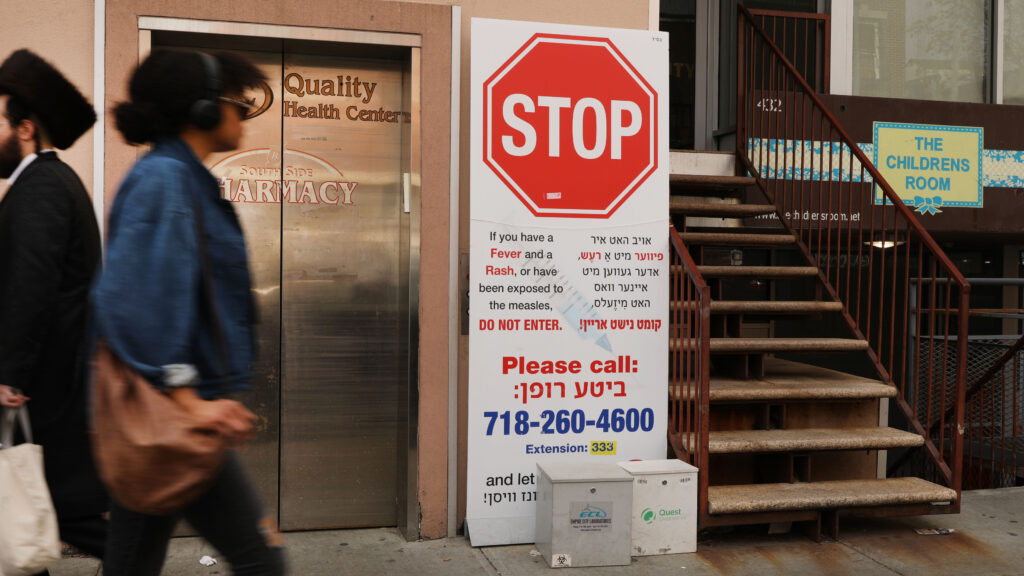Funding Blow: NYC Health Department Faces $100M Federal Cut with Potential Public Health Fallout

In a stark warning that underscores the fragility of public health infrastructure, New York City's acting health commissioner revealed a critical blow to the city's infectious disease defenses. The sudden withdrawal of $100 million in federal funding has dramatically compromised the metropolis's ability to respond to and prevent potential health emergencies.
The unexpected funding cut leaves a significant gap in the city's disease prevention and response capabilities, potentially exposing millions of residents to increased health risks. With resources now severely constrained, health officials are scrambling to maintain essential protective measures and epidemiological monitoring systems that are crucial for safeguarding public health.
This funding reduction comes at a particularly vulnerable time, when cities nationwide are still grappling with the aftermath of recent global health challenges. The commissioner's candid assessment highlights the urgent need for sustained investment in public health infrastructure to protect urban populations from emerging infectious threats.
